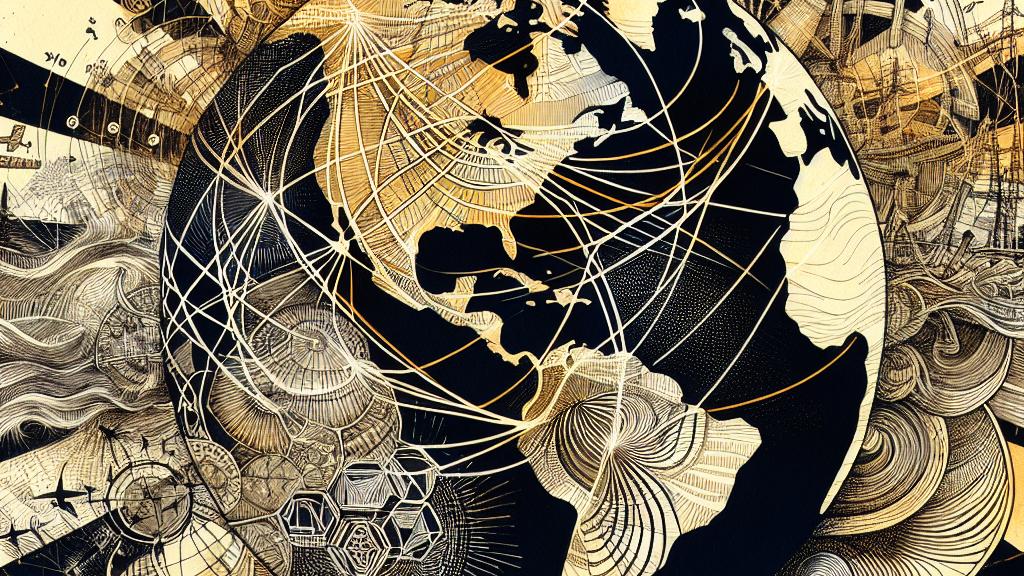Understanding the Indo-Pacific: A Geopolitical Concept Beyond a Region
Overview
- The Indo-Pacific is not just a geographical area; it is a pivotal geopolitical framework that significantly influences global interaction.
- This extensive concept transforms and challenges traditional notions of regional diplomacy, tying together a multitude of nations and interests.
- With China’s expanding influence and assertiveness, the dynamics of Indo-Pacific politics are being reshaped, prompting strategic realignments among powerful countries.

The Indo-Pacific Concept
The Indo-Pacific spans an enormous area, from the vibrant coasts of Africa to the remote shores of South America, making it a term of great significance in today’s geopolitical discourse. This idea has gained considerable traction especially over the past decade, following a groundbreaking speech by Japanese Prime Minister Shinzo Abe in 2007. He introduced this concept while addressing the Indian parliament, drawing attention to the need for mutual cooperation among countries in this region. Abe's ambitious vision articulated a collaborative approach to addressing global challenges, thus redefining how nations perceive their interconnectedness. Consequently, the Indo-Pacific embodies far more than mere geography; it signifies a shift towards a complex web of relationships that are crucial for international diplomacy.
Geopolitical Implications
To grasp the full essence of the Indo-Pacific, one must step beyond traditional regional boundaries. This expansive concept is intricately woven with rising tensions, particularly due to China's growing assertiveness on the global stage. For example, when the United States reframed its strategic outlook in 2017, designating China as a primary competitor, a series of new security initiatives arose, notably the AUKUS pact. This collaboration among Australia, the UK, and the U.S. underscores a collective response to shared threats, illuminating how the Indo-Pacific concept acts as a catalyst for countries to unite in addressing common challenges. However, not all is seamless; territorial disputes in the South China Sea exemplify how this framework can both foster cooperation and intensify rivalries among nations, revealing the multi-faceted nature of this geopolitical landscape.
Economic and Strategic Significance
Economically, the Indo-Pacific is nothing short of monumental. It is home to about half the world’s population and two-thirds of its economy, making it a playground for major global powers, such as the United States, China, and India, who fiercely vie for influence and control. The dynamics here are profoundly shaped by interconnected trade agreements and economic initiatives. Notably, China's ambitious Belt and Road Initiative has sparked both excitement and skepticism, as it promises to bolster local economies while potentially undermining the established international order. To illustrate, the complex networks of trade involving energy, technology, and essential commodities reveal how nations are simultaneously intertwined and strained. Thus, the Indo-Pacific stands as a critical arena, where economic interdependence must be carefully balanced with strategic alliances, especially in the face of growing global tensions, emphasizing the interplay between economics and geopolitics in unprecedented ways.

Loading...